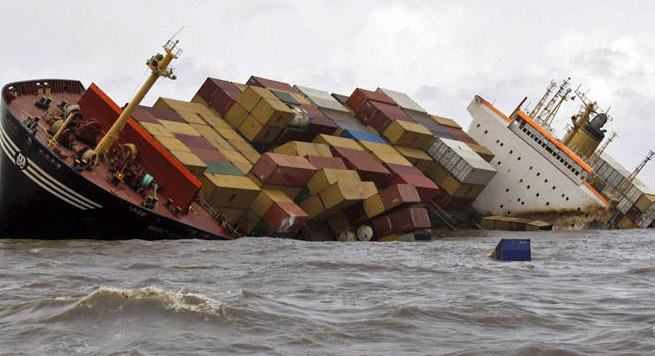
The terminal will be operated by PSA with a capacity of 4.8 million TEU (60 MTPA). The fourth container terminal with a quay length of 2,000 meters has been put into operation. The new NSIGT independent container terminal with a length of 330 meters and a capacity of 1.25 billion tons will be fully operational before July 2016. In 2006, GTI (Gateway Terminals India Pvt Ltd), the third container terminal operated by APM Terminals, was commissioned to handle 1.3 million TEUs. NSICT is the first privately managed container terminal in India. It can handle 15.6 million tons of cargo. Commissioned in July 2000, it has a dock length of 600 meters (2000 feet) and two berths. The Nhava Sheva International Container Terminal (NSICT) is leased to a consortium led by P&O and is now part of DP World. Currently, the throughput of the terminal is expected to be 15 million tons per year. The project includes the construction of a 600-meter-long terminal container yard covering an area of 25.84 hectares, including necessary container handling equipment and other related facilities. Australia P&O port, built, operated and managed a new 2-berth container terminal based on BOT for 30 years.

#NAVA SHEVA PORT MAP CODE#
nhava sheva port navi mumbai, Maharashtra Postal Pin Code number with Map - Get listing. Nhava Sheva International Container Terminal (NSICT) is led by M/s. Postal Pin Code number of nhava sheva port navi mumbai, Maharashtra.
#NAVA SHEVA PORT MAP LICENSE#
JN Port signed the M/s license agreement in July 1997. Adani Ports and Special Economic Zone Limited (APSEZ Ltd.) is Indias largest private port operator and an end-to-end logistics.

In view of the continuous growth of container transportation, to meet the growing needs of the business community and trading partners, to provide additional facilities for Hong Kong companies, the port has introduced private participation, and for the first time in India invited global bids to develop new container terminals and container handling capabilities. Hlu Port, which is now the "NHAVA SHEVA" port that everyone is accustomed to call. In 1989, the Indian government built a 12-14-meter water depth 70 kilometers south of Mumbai. As the water depth of the Mumbai port is less than 10 meters, it is not conducive to the long-term development of the port. Mumbai is the largest container port in India. NHAVA SHEVA Port and Mumbai Port (Mumbai) are actually the relationship of different ports in the same port area.


 0 kommentar(er)
0 kommentar(er)
